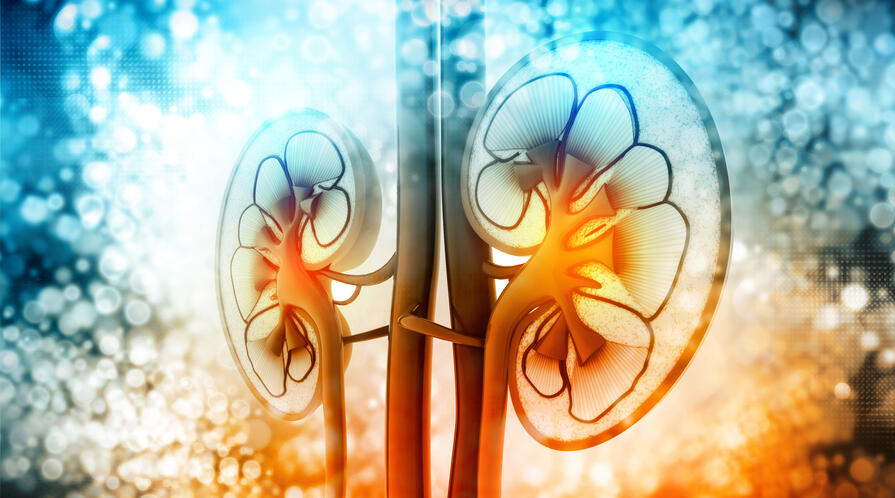Home dialysis for end-stage kidney disease is on the rise
Home dialysis for end-stage kidney disease is on the rise

End-stage renal disease makes up 7.2 percent of Medicare spending, even though those patients represent less than 1 percent of the Medicare population, according to a database that tracks chronic kidney disease.
Despite the gnashing of teeth about the runaway costs of Medicare spending, the national health-care system for the elderly, younger people with certain disabilities and chronic kidney disease appears to have found one way to lower costs.
Congress established the end-stage renal disease (ESRD) Prospective Payment System in 2008, as part of the Medicare Improvement for Patients and Providers Act. It mandated that ESRD Medicare patients treat themselves at home if able.
The new payment system introduced two incentives to increase home dialysis use: bundling injectable medications into a single payment for treatment and paying for training for patients to give themselves injections and treatment at home.
A new study by Stanford researchers shows home dialysis treatment among Medicare patients increased by 5.8 percent from January 2006 through August 2013. The researchers also found that non-Medicare patients covered by other forms of health insurance also turned to home dialysis by a jump of 4.1 percent.
“These spillover effects suggest that major payment changes in Medicare can affect all patients with end-stage renal disease,” the authors wrote in the study published in the latest edition of the Journal of the American Society of Nephrology. “One of the stated goals of the PPS payment reform was to incentivize an increase in-home dialysis use, and it appears that it has succeeded in this stated goal.”
 Eugene Lin, a postdoctoral fellow in nephrology at the Stanford School of Medicine and lead author of the study, told me that most nephrologists believe the trend toward home dialysis is good for the taxpayers and for the patients.
Eugene Lin, a postdoctoral fellow in nephrology at the Stanford School of Medicine and lead author of the study, told me that most nephrologists believe the trend toward home dialysis is good for the taxpayers and for the patients.
People going through this phase of chronic kidney disease — when dialysis or a kidney transplant are the only chance of survival — cost less to take care of at home and have similar outcomes to in-center hemodialysis patients.
“It’s hard to say if one therapy is definitively better than the other,” Lin said, “though home dialysis generally offers patients more independence and potentially better quality of life.”
Lin explained the difference between in-center hemodialysis and home treatment: At a center, blood is filtered through a machine, whereas home dialysis entails either having a hemodialysis machine at home (and having a caregiver help with the treatments) or performing peritoneal dialysis.
The latter is the most commonly used at-home treatment and involves using the abdominal compartment as a filter. The toxins in the blood get filtered through the abdominal membranes into clean fluid, which is then removed and discarded.
Similar drugs are used both in centers and at home, but they’re easier to give in the hemodialysis setting, so had a higher likelihood of overuse prior to payment reform.
“Once they bundled the drug reimbursement with the treatment, we saw dramatic decreases in the use of these drugs and a concurrent increase in home dialysis use,” Lin said.
The researchers, including senior author Jay Bhattacharya of Stanford Health Policy, noted that home dialysis remained stagnant at around 11 percent from 1983 to 1992 and steadily declined until 2008.
“While the cause of this decline is unknown, several policies made home dialysis less favorable than in-center hemodialysis economically,” they wrote.
First, the federal Centers for Medicare & Medicaid Services in 1991 revised its reimbursement policy for the erythropoietin-stimulating agent needed for functioning kidneys, making it the most profitable component of in-centers hemodialysis. Then, CMS introduced a tiered fee-for-service physician payment in 2004, providing the potential for enhanced revenues with in-center dialysis.
But the PPS bundling shifted erythropoietin from the profit side to the cost side, so it was no longer advantageous to use high doses common with in-center hemodialysis, Lin said. This paved the way for an increase in home dialysis use, which is less costly to administer.
